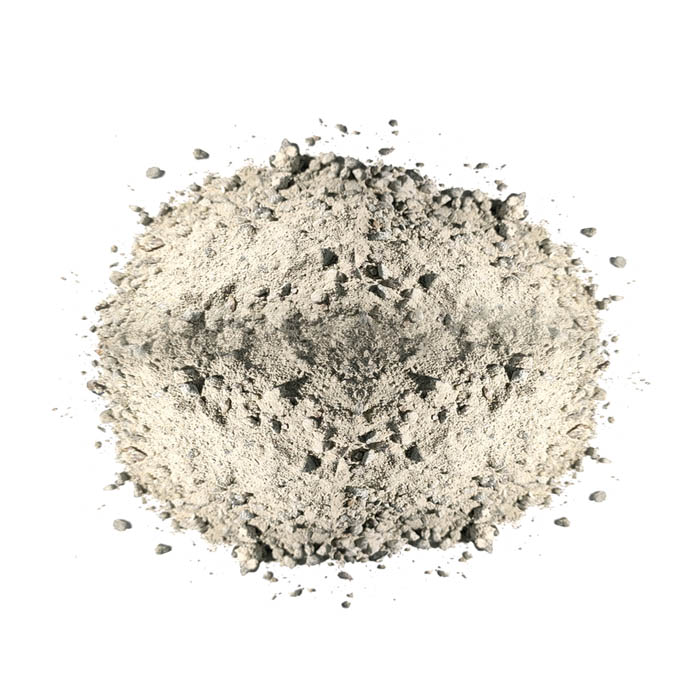aug . 13, 2024 09:22 Back to list
Factories Specializing in Outdoor Sound Absorbing Materials for Enhanced Acoustic Performance and Environment
Exploring Outdoor Sound Absorbing Materials and Their Factories
In recent years, the growing concern for noise pollution has prompted a significant interest in sound absorption technologies, particularly in outdoor environments. With urbanization and increased outdoor activities, managing sound levels has become essential for enhancing comfort and well-being in public spaces. Outdoor sound absorbing materials are engineered to reduce noise pollution, providing a quieter and more serene environment. This article delves into the types of outdoor sound absorbing materials, their applications, and the factories that manufacture them.
Understanding Outdoor Sound Absorbing Materials
Outdoor sound absorbing materials are specifically designed to mitigate the impact of noise in outdoor settings. Unlike traditional soundproofing materials used in indoor applications, these materials must withstand various environmental factors, including UV radiation, moisture, and temperature fluctuations. Some common outdoor sound absorbing materials include
1. Acoustic Panels Made from specialized foam and fiberglass, acoustic panels can be utilized in outdoor spaces like parks, concert venues, and sports arenas. These panels can be installed on walls, fences, or even free-standing structures to help absorb sound waves.
2. Vegetative Barriers Living walls or green fences using dense vegetation can effectively absorb and scatter sound. Plants and trees not only contribute to aesthetics but also provide a natural sound barrier.
3. Sound Barriers These structures, often constructed from wood, concrete, or composite materials, serve a dual purpose of blocking direct sound transmission while also incorporating sound-absorbing features to diminish reverberations.
4. Loose-fill Materials Recycled rubber, crushed stone, or gravel can be spread around areas prone to noise pollution, helping to absorb sound. These materials are often used in landscapes and gardens to create quieter environments.
The Role of Factories in Manufacturing Sound Absorbing Materials
The production of outdoor sound absorbing materials requires specialized knowledge and technology. Factories engaged in this sector focus on research and development to design innovative materials that meet specific sound absorption criteria. Below are several key aspects of these factories
outdoor sound absorbing materials factories

- Material Selection Factories prioritize the usage of durable and sustainable materials, ensuring that products can withstand outdoor conditions while also being eco-friendly. This includes sourcing recycled materials wherever possible.
- Engineering and Testing Sound absorbing materials undergo rigorous testing to evaluate their sound absorption coefficients. Factories use advanced equipment to simulate outdoor conditions and assess the performance of their products.
- Customization Many manufacturers offer customization options to cater to unique client needs. This could include bespoke designs for architectural projects, ensuring that sound dampening solutions blend seamlessly with the environment.
- Sustainability Practices Increasingly, factories are adopting sustainable practices in their production processes. This includes using renewable energy, reducing waste, and implementing recycling programs, which align with global trends toward sustainable development.
Applications of Outdoor Sound Absorbing Materials
The use of outdoor sound absorbing materials spans various sectors, including
- Urban Development In city planning, sound absorbing materials are essential in creating quieter residential areas near busy roads or construction sites.
- Public Spaces Parks, recreational areas, and outdoor theaters benefit from sound absorbing panels and barriers, enhancing user experience by minimizing disruptive noise.
- Transportation Infrastructure The installation of noise barriers along highways and railways helps protect nearby communities from excessive noise, leading to improved quality of life.
In conclusion, outdoor sound absorbing materials play a vital role in noise control for urban and natural environments. Factories that specialize in these materials are crucial in driving innovation and sustainability in the industry. As we continue to address noise pollution concerns, the demand for effective sound absorbing solutions is likely to grow, making it an exciting field for future development. Through continued advancements, we can expect to see improved outdoor environments that prioritize both aesthetic appeal and acoustic comfort.
-
High-Quality Fe-C Alloy Leading Manufacturers & Spherical Alloy Materials Supplier
NewsJun.10,2025
-
Premium Low Nitrogen Recarburiser Supplier & Manufacturer – High Quality Exporters
NewsJun.10,2025
-
DT4 High-Quality Magnetic Materials Leading DT4 Manufacturer & Supplier
NewsJun.10,2025
-
High-Performance Spring Steel Suppliers Custom Solutions
NewsJun.10,2025
-
Premium SWRCH6A Manufacturer Steel Wire Supplier & Factory
NewsJun.10,2025
-
Premium Mild Steel Wire Rod Supplier & Manufacturer
NewsJun.10,2025
